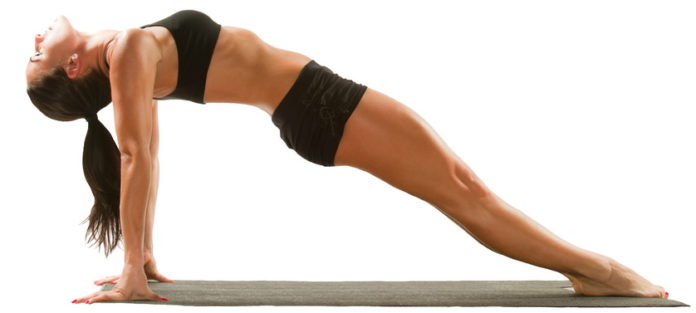In many women, pilates training is present in the list of toning and maintaining spirit and body practices. It turns out, however, that pilates is much more than that.
Studies of its effect indicate that pilates can also be practiced as a healing method aimed not only at strengthening muscles but also at improving the mobility and flexibility of the joints.
Movement of the joints is among the main victims of the sedentary lifestyle. The stiffness of the joints is a recognizable sign that we need more movement, and pilates allows a double effect in this case – on the one hand active training and on the other – a healing tool to improve joint condition.
At the core of pilates are the stretching of different muscle groups and activities to relax and strengthen the muscles we often overlook. It is the gradual atrophy due to their neglect being among the reasons for reducing the mobility of certain joints of the body. Pilates does not require sharp movements or excessive loads, which contributes to the perfect balancing of the muscles and body posture.
Pilates as a means of alternative medicine
The traditional medical approach to joint mobility problems involves taking products to strengthen articular cartilage and tone the adjacent musculature. Practicing pilates can perfectly complement this effect, and in combination with it brings some additional health benefits:
Relieve joint pain – Pilates is a complex technique that improves joint mobility and strengthens muscles throughout the body, with which body weight tolerated much easier. The most striking is the positive effect on the pain in the most vulnerable body structure – the back and the back. Pilates helps for its lasting relief;
Improving blood circulation – relaxing muscles via pilates is a guarantee of improved blood circulation throughout the body, which also helps maintain joint mobility;
Reducing the risk of physical trauma – regular pilates can be added to any fitness mode to improve body posture and balance, which will reduce the risk of trauma;
Pilates deserves attention as a means of improving body movements, which is the basis for optimal use and maintenance of joint mobility . Therefore, this technique is widely used not only as a means of physical training but also as a curative method of complementary treatment of various rheumatological problems.







